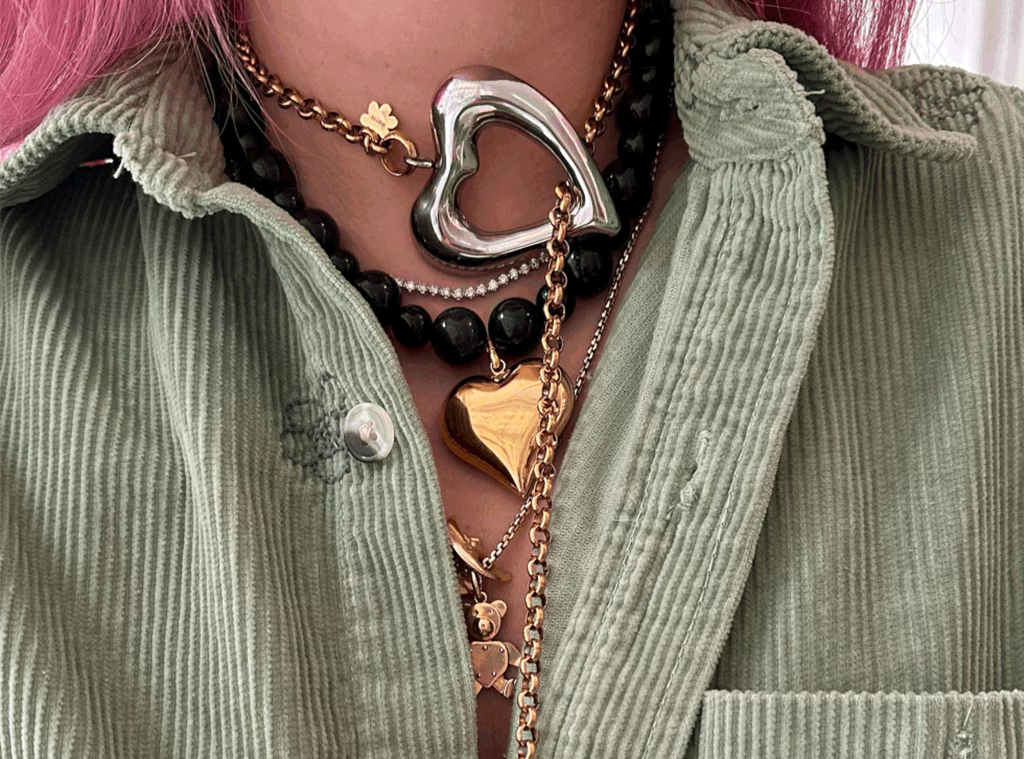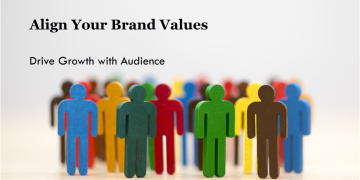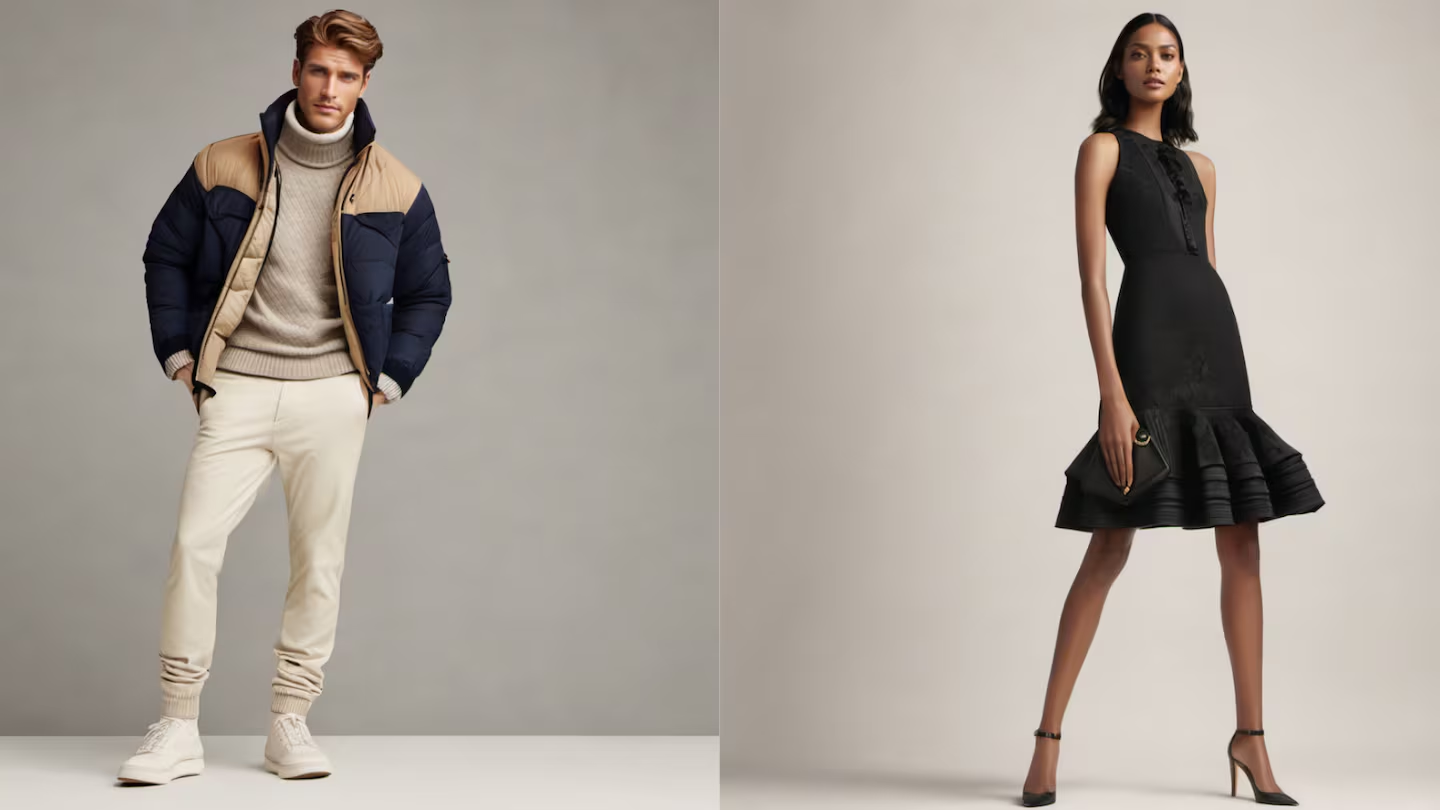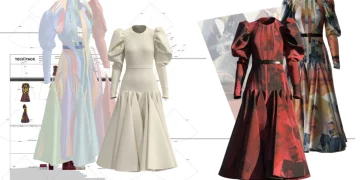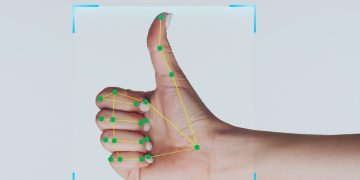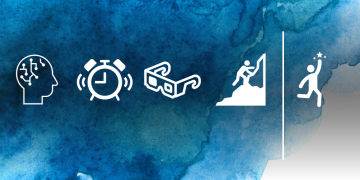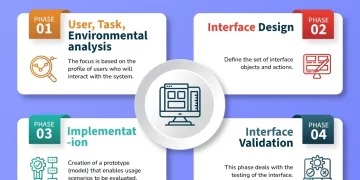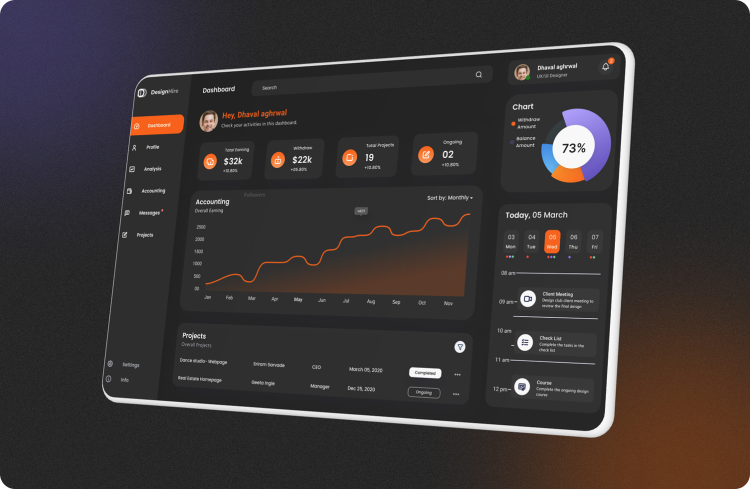Design is everywhere. From the sleek interface of your favorite app to the ergonomic curve of your chair, design shapes our experiences, decisions, and emotions. Yet, despite the ubiquity of design, many features often fail to deliver their full potential. Maximizing the impact of design features is not just about aesthetics—it’s about strategy, psychology, and insight into human behavior.
In this article, we’ll explore how to enhance your design’s impact, balancing form and function, delight and usability, innovation and clarity. Whether you’re a product designer, UX specialist, or creative entrepreneur, these strategies will help your work resonate more deeply with users and clients alike.
1. Understanding Design Features: More Than Meets the Eye
A design feature is any component of a product, service, or interface intended to serve a purpose—functional, emotional, or aesthetic. Features can range from the obvious, like a button in a mobile app, to the subtle, like the micro-interaction that triggers delight.
Yet, too often, design features exist without consideration for their actual impact. Designers may add features because “they look cool” or because competitors have them—but without alignment to user needs or brand goals, even the most beautiful design can underperform.
The Three Pillars of Feature Impact
- Usability – Can your audience interact with the feature effortlessly?
- Engagement – Does it capture attention or encourage interaction?
- Memorability – Does it leave a lasting impression, emotionally or cognitively?
Focusing on these pillars ensures that every feature contributes meaningfully to the overall experience.
2. The Psychology Behind Design Decisions
Good design is invisible; great design is unforgettable. Understanding the cognitive and emotional responses of users is key to maximizing feature impact.
Cognitive Load Matters
Humans have a finite capacity for processing information. Overloading users with too many features—or making a single feature overly complex—reduces comprehension and satisfaction. Simplifying features without sacrificing functionality increases usability.
Example: Think of the difference between a minimalistic smartwatch interface and a cluttered one with dozens of icons. Minimalism reduces cognitive load, allowing users to focus on the features that matter most.
Emotional Triggers
Design is not just about logic—it’s about feeling. Colors, shapes, animations, and even microcopy (the tiny bits of text in buttons or notifications) can evoke emotion. Features that engage the emotions tend to be more memorable and persuasive.
Pro Tip: Use surprise, delight, and storytelling elements to make even functional features emotionally resonant.
3. Functionality vs. Delight: Finding the Sweet Spot
Design features exist on a spectrum between pure functionality and pure delight. Maximizing impact means finding the intersection where a feature is both useful and emotionally engaging.
Functional Features
These solve a user’s problem directly. Examples:
- Search bars
- Filter options
- Navigation menus
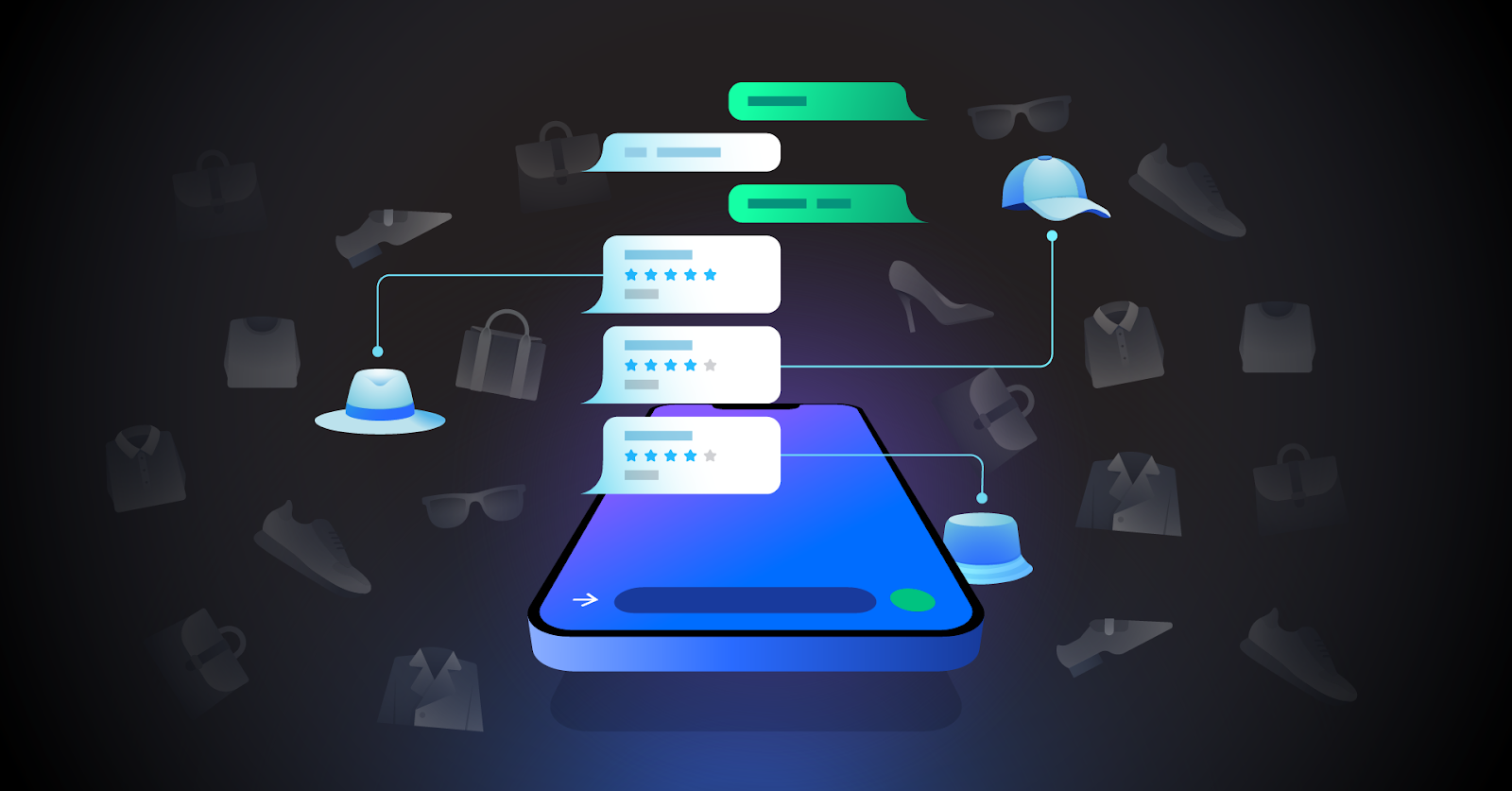
Delightful Features
These surprise or engage users beyond basic utility. Examples:
- Micro-animations
- Easter eggs in software
- Personalized greetings
Strategy: Integrate, Don’t Separate
A common mistake is treating delight and functionality as mutually exclusive. The best design integrates delight into functionality.
Case Study: Instagram’s “Like” heart animation is functional (registering a like) and delightful (visual feedback that engages emotions). This simple design feature combines purpose and pleasure seamlessly.
4. Prioritizing Features for Maximum Impact
Not every feature is created equal. Resource constraints, development costs, and user attention span require strategic prioritization.
The Impact vs. Effort Matrix
A simple tool to guide decisions:
| Impact | Effort | Action |
|---|---|---|
| High | Low | Prioritize immediately |
| High | High | Consider carefully, plan thoroughly |
| Low | Low | Implement if resources allow |
| Low | High | Avoid or eliminate |
This method ensures that your energy is spent on features that truly matter, avoiding “feature bloat” that confuses or frustrates users.
5. Testing and Iteration: The Scientific Approach
Design is never finished—it’s an evolving conversation with your audience. Testing features early and often ensures they achieve maximum impact.
Methods of Feature Testing
- A/B Testing – Compare two versions of a feature to see which performs better.
- Usability Testing – Observe real users interacting with your feature to identify friction points.
- Heatmaps and Analytics – Track user behavior to see which features attract attention.
- Feedback Loops – Gather qualitative insights through surveys, interviews, or community feedback.
Iteration based on these insights ensures that features evolve in line with user needs, maximizing both satisfaction and retention.
6. Micro-Interactions: Small Features, Big Impact
Sometimes the tiniest features make the biggest difference. Micro-interactions—like a subtle button animation or notification haptic feedback—can drastically improve user experience.
Why Micro-Interactions Work:
- They provide feedback, confirming an action.
- They enhance usability, reducing errors.
- They create delight, making the product memorable.
Example: Gmail’s “Undo Send” feature may seem small, but it prevents mistakes and reduces user anxiety, delivering both functional and emotional value.
7. Accessibility: Features That Include Everyone
A feature is impactful only if everyone can use it. Accessibility is no longer optional—it’s a critical design principle.
Key Accessibility Considerations
- Color contrast for visually impaired users
- Keyboard navigation for non-mouse users
- Clear typography for readability
- Audio cues for multi-sensory feedback
Designing with inclusivity in mind not only broadens your audience but also enhances your brand’s credibility and social responsibility.
8. Storytelling Through Features
Every design feature tells a story, whether intentional or not. Users interpret features based on expectations, context, and cultural references. Maximizing impact means aligning features with the narrative of your product or brand.
Example: Spotify’s “Discover Weekly” playlist isn’t just a feature—it tells the story that Spotify understands your taste and invests in personalizing your experience.
- Functional: Curates music based on preferences
- Emotional: Feels like a personal gift from Spotify
- Strategic: Encourages engagement and retention
9. Visual Hierarchy and Attention Guidance
Not all features are equally visible. The placement, size, and style of features influence how users interact with them.
Techniques for Visual Hierarchy
- Size and Scale: Larger elements attract attention first.
- Contrast: Highlight important features with color, shape, or movement.
- Whitespace: Allow breathing room around key features to reduce clutter.
- Sequential Flow: Guide users step by step to critical actions.
Effective visual hierarchy ensures that high-impact features are noticed, used, and appreciated.
10. Measuring Success: KPIs for Feature Impact
To truly know if your design features are effective, define measurable outcomes. Some useful KPIs include:

- Engagement Rate: How often users interact with a feature
- Task Completion Rate: How successfully users achieve goals using the feature
- Retention Rate: How the feature encourages repeat use
- Net Promoter Score (NPS): Does the feature increase satisfaction and loyalty?
Tracking these metrics allows data-driven decisions, reducing guesswork and improving ROI.
11. Avoiding Feature Fatigue
Feature overload is a silent killer of impact. Adding too many features can overwhelm users and dilute the value of each one.
Best Practices to Avoid Fatigue
- Audit existing features regularly
- Remove low-impact or redundant features
- Focus on clarity over quantity
- Bundle features thoughtfully
Remember: sometimes less is more. A few polished, high-impact features outperform dozens of mediocre ones.
12. Innovation and Anticipation: Staying Ahead
The most memorable features often anticipate user needs before they are explicitly expressed. Innovation is not just about technology—it’s about insight.
Examples of Anticipatory Features:
- Autofill suggestions in forms
- Smart thermostats that learn routines
- Predictive text in messaging apps
By combining research, analytics, and creativity, you can design features that feel magical—features that users didn’t even know they needed, until they had them.
13. Feature Storytelling in Marketing
Design features also play a critical role in marketing. Highlighting the right features in your communication increases perceived value and helps customers understand why your product matters.
Tips for Feature-Focused Storytelling
- Lead with benefit, not technical specification
- Use visuals to demonstrate interaction
- Combine functionality with emotional appeal
- Keep messaging concise and scannable
This approach ensures that your features not only function well but also sell themselves.
14. Case Studies: Real-World Impact of Design Features
Airbnb: The Power of Contextual Features
Airbnb’s design features—like “Experiences” and verified reviews—are simple yet impactful. They combine trust, convenience, and delight. Each feature reinforces Airbnb’s brand story: safe, personalized, and unforgettable travel experiences.
Apple: Minimalism Meets Functionality
Apple’s devices often have subtle but high-impact features, like haptic feedback or seamless continuity between devices. These features may seem invisible, but they enhance usability and emotional satisfaction, strengthening brand loyalty.
Tesla: Anticipatory Design
Tesla’s autopilot and over-the-air software updates are features that anticipate future needs and improve over time. Their impact is functional, emotional, and strategic, showcasing how features can define a product’s identity.
15. Future Trends in Feature Design
Looking ahead, several trends are shaping the next generation of impactful features:
- AI-Powered Personalization – Features that adapt dynamically to user behavior.
- Voice and Gesture Interfaces – Moving beyond screens to natural interactions.
- Sustainable Design – Features that minimize environmental impact.
- Augmented Reality (AR) – Enhancing real-world experiences with digital features.
Staying informed and adaptable ensures that your design features remain relevant, engaging, and ahead of the curve.
Conclusion: Make Every Feature Count
Maximizing the impact of design features is an art and a science. It requires understanding human behavior, prioritizing usability, integrating delight, testing rigorously, and continuously iterating.
By focusing on usability, engagement, and memorability, designers can ensure that every feature not only serves a purpose but also resonates emotionally, strengthens brand identity, and delivers measurable value. Remember, great design is not just seen—it is felt, remembered, and shared.
Every feature you add is a story you tell, a problem you solve, and an opportunity to delight. Make each one count.


